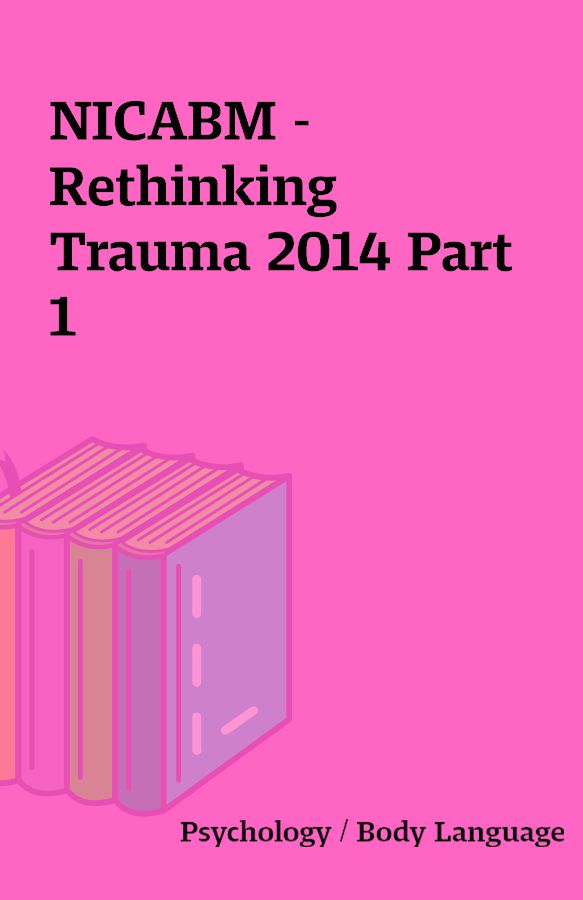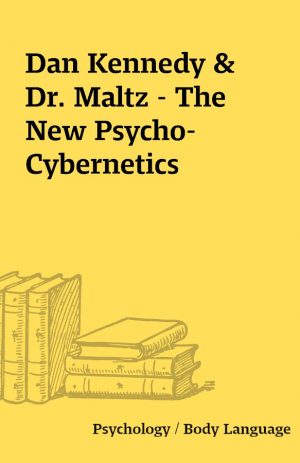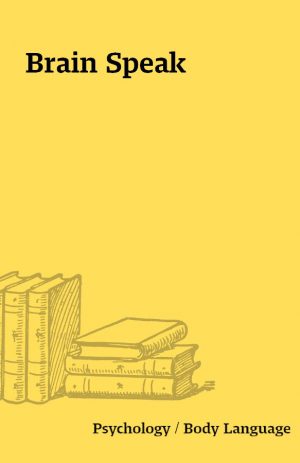NICABM – Rethinking Trauma 2014 Part 1
NICABM – Rethinking Trauma Part 1
[4 MP3s, 12 MP4s, 8 PDFs]
Description
National Institute for the Clinical Application of Behavioral MedicineRethinking Trauma: The Right Interventions Can Make Trauma Treatments Faster and More Effective In just this past year alone, experts have discovered new methods for working with trauma’s pernicious symptoms. Their work . . .. . . alone and collectively has provided us with so much more than we knew . . .. . . only a year ago. Even as recently as five years ago, we didn’t understand that the lower brain could command the shutdown response, totally bypassing the prefrontal cortex, totally bypassing any sense of “choice.” And we didn’t understand how important the role of neuroception was to the process of feeling safe.Or how we might calm the fear in a traumatized brain using neurofeedback.Your patients’ nervous system may be making decisions without their “permission.”But now we have many more options to help our patients. Especially when we use what we now know about how trauma impacts the nervous system and the brain.With the right adjustments, techniques that once fell flat can be honed to work more effectively with the symptoms of unresolved trauma. Understanding the brain’s role can bring depth and power to our interventions.It allows us to resource our patients with skills to stabilize, ground, and short-circuit old patterns of reactivity. Then we’re better able to clear a way for the deeper work of healing. Using what we are now learning can help our patients experience fewer symptoms, get better sleep, become more self-reflective and feel more confident. It all begins in the body – especially the brain. There’s nothing like the confidence, energy, and deep satisfaction of seeing clients make progress.Imagine your client pausing in a moment of reactivity and calling on the repertoire of skills you taught them for self-soothing, developing greater stability and resilience – not just in your office, but during the rest of their week as well.Imagine them feeling safe, with a sense of agency and even self-esteem. When our interventions succeed, it’s a huge boost to confidence – not just for us, but for our clients, too. As a practitioner, it’s hard to beat the gratification of seeing a client’s life opening back up. We feel less burnt out and drained, and feel the joy of the profoundly rewarding work we do. New techniques, like limbic system therapy, neurofeedback, and other brain and body-oriented approaches that include a polyvagal perspective . . .. . . could be the key to providing more targeted treatments to help trauma patients manage dissociation, reactivity, and instability.That’s why the best practitioners invest intheir professional development.We’ve put together a new webinar series to bring you leading-edge methods for treating trauma straight from the pioneers in the field. http://www.nicabm.com/treatingtrauma2014/info/Part 1Stephen Porges, PhDBeyond the Brain: Using Polyvagal Theory to Help Patients “Reset” the Nervous System after TraumaSebern Fisher, MASoothe the Fear of a Traumatized Brain: How a New Intervention Is Changing Trauma TreatmentBessel van der Kolk, MDHow to Help Patients Rewire a Traumatized Brain – Applying the Latest Strategies to Speed Healing and Reduce SymptomsPat Ogden, PhDWhy a Body-Oriented Approach Is Key for Treating Traumatized Patients (and What It Looks Like in Practice)Part 2
You must be logged in to post a review.






Reviews
There are no reviews yet.